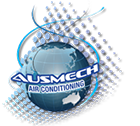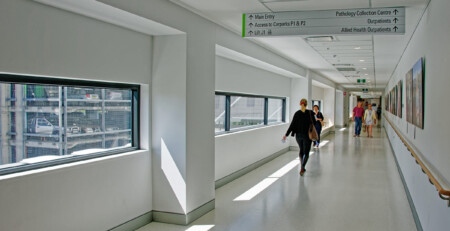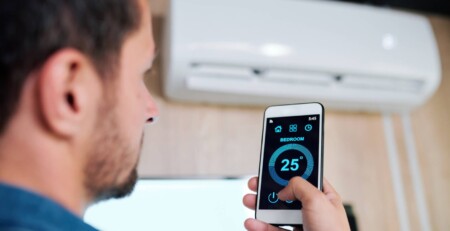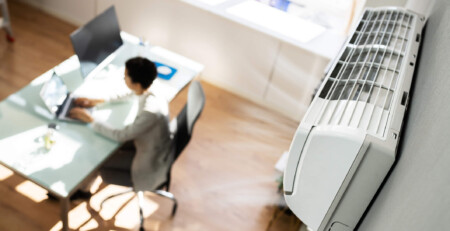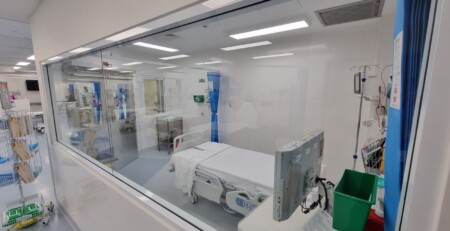Legionnaires disease outbreak a timely reminder of the importance of proper air conditioning maintenance
Legionnaires’ disease is back on the radar after a recent spate of cases in Sydney. And while the source of infection has yet to be revealed, the spotlight is being shone on cooling towers after defects were found in six. The outbreak is a timely reminder of the consequences of poor HVAC maintenance.
So what is Legionnaires’ disease and how concerned should we be?
The dangers lurking in HVAC cooling towers
Legionnaires’ disease is an infection of the lungs. It’s not common but it can be life-threatening. The legionella bacteria that causes the disease thrives in stagnant water which is why cooling towers (which supply water for large HVAC systems) are a common culprit.
Cooling towers remove heat from a water supply via evaporation. But the evaporation of water combined with the absorption of airborne pollutants by water makes cooling towers the perfect environment for legionella to grow.
People are exposed to the bacteria when contaminated water particles from the cooling systems are emitted into the air and breathed in. And the health ramifications are serious.
That was the case for six people who were treated for pneumonia recently after visiting locations in the Sydney CBD in May. This prompted NSW Health to issue a health alert and for environmental officers to inspect and sample cooling towers in the area in a bid to determine the potential source of the infection. The owners of six towers were directed to immediately rectify identified defects.
Two months earlier, four people contracted the disease in the Camden and Narellan areas.
Why routine maintenance can protect against Legionnaires’ disease
The onus is on building owners to ensure air-conditioning systems are properly maintained – and that includes cooling towers – to control the risk of Legionnaires’.
A vital part of cooling tower maintenance – but one that tends to be forgotten – is examining for ‘dead legs’. The term refers to sections of pipework with little or no flow. This causes water to stagnate and increases the potential growth of dangerous bacteria like legionella.
A professional who is knowledgeable in the upkeep of cooling towers should include an inspection to identify and maintain dead legs in the system.
Also.Safe Work Australia says HVAC systems should be inspected following lockdown to avoid risks associated with restarting after prolonged periods of shut down. HVAC systems that were partially or completely shut down while buildings were ‘hibernating’ during the pandemic carry a risk of distributing legionella as cooling towers restart. Corrosion can build-up and water systems that haven’t been treated can harbour the bacteria.
Is your HVAC system disinfected and clean?
Regular commercial air conditioning servicing and maintenance is a small price to pay to safeguard your HVAC against health hazards.
Legionella is but one bacteria that can be spread as a result of a poorly maintained air conditioning system. Other contaminants, including dust, mould and fungi, can also wreak havoc when inhaled by occupants in a building.
A regular air conditioning maintenance schedule won’t just prevent bacteria from building up, it will also prevent small problems growing larger (and potentially expensive).
Book a commercial air conditioning service to ensure you HVAC system is healthy and working effectively.
Before you go…
Perhaps we can all learn a lesson from other people’s blunders – like leave the serious business of commercial HVAC installations and maintenance to the professionals!
If you’ve seen an epic HVAC fail recently, head over to our Facebook page and share it with us!
